Many homeowners keep leftover paint in the basement or garage after a renovation, thinking it will come in handy later. Over time, that same can may sit untouched for years. So, can paint go bad? The short answer is yes. Paint does not last forever, and its quality depends on how it was stored, the type of paint, and the conditions of your home. Understanding when paint goes bad helps you avoid uneven finishes, odors, or unsafe materials during touch-ups or future projects.
At Icon Home Inspectors, we often come across stored paint during inspections, especially in older homes. Knowing how to identify expired or unsafe paint is part of keeping a property healthy, well-maintained, and ready for future improvements.
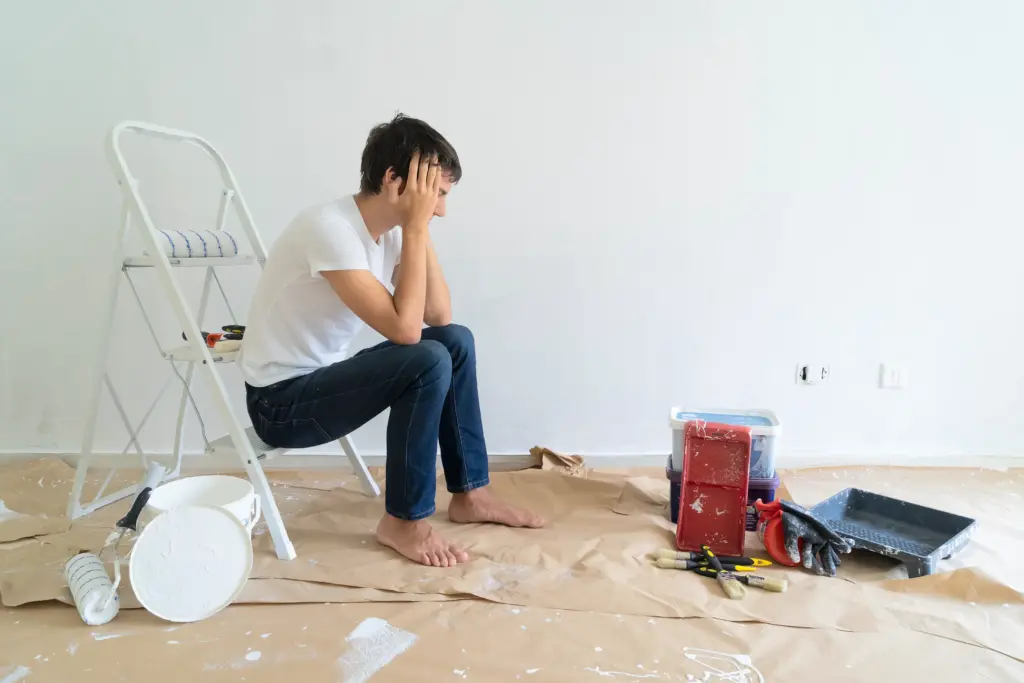
Yes, Paint Can Go Bad
Paint is a chemical mixture that contains pigments, binders, and solvents. Over time, these components can separate, harden, or develop mold. Exposure to air, heat, or freezing temperatures accelerates this process. Even unopened cans eventually deteriorate if stored too long or under poor conditions. Once the texture, smell, or consistency changes, the paint is no longer reliable for use.
Latex and acrylic paints typically last up to ten years if sealed and stored correctly in moderate temperatures. Oil-based paints can last even longer, sometimes up to fifteen years, but only when kept tightly closed and away from heat. When exposed to air, both types can form a thick skin, settle unevenly, or emit a sour odor that signals spoilage.
How to Tell If Paint Has Gone Bad
There are several signs that your paint is no longer usable. The first and most obvious is odor. Fresh paint smells mild and chemical, but spoiled paint produces a sour or rancid smell. This odor often develops when bacteria grow inside a partially used can that was not sealed properly.
Another indicator is texture. Good paint mixes smoothly when stirred. Bad paint may have lumps, clumps, or rubbery pieces floating in it. If it separates into layers and does not blend after thorough mixing, it has likely gone bad. Finally, if paint spreads unevenly, leaves rough patches, or fails to dry correctly, it should be discarded.
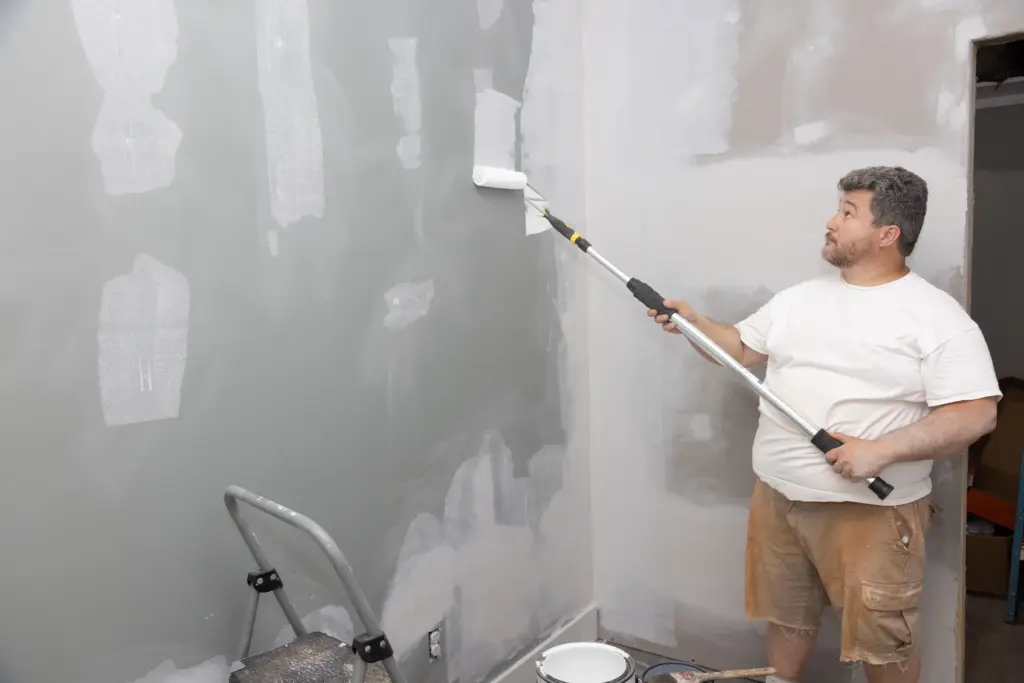
Why Paint Goes Bad
The main reason paint goes bad is exposure to air and temperature changes. Once air enters the can, it introduces moisture and bacteria that affect the composition. In Ohio and other regions with cold winters and humid summers, garages and sheds experience drastic temperature swings that shorten a paint’s lifespan.
Paint stored near furnaces or water heaters can also degrade faster because of heat and humidity. For the longest shelf life, store paint indoors, ideally in a climate-controlled area like a basement cabinet or closet. Always wipe the rim clean before resealing the lid to prevent air leaks.
Proper Paint Storage Tips
To extend the life of leftover paint, pour it into smaller airtight containers so less air remains inside. Use glass jars or plastic containers with tight lids for small amounts. Label each container with the paint color, brand, and date of storage. Keep them away from direct sunlight and freezing temperatures. Stir the paint occasionally if you plan to use it within a year or two.
Before painting again, open the container and inspect the contents. If it looks smooth, smells normal, and blends evenly, it is probably safe to use. If there is a thick layer of film on top or visible mold, it is time to dispose of it properly.

How to Dispose of Bad Paint
Old paint should never be poured down a drain or thrown in regular trash. The U.S. Environmental Protection Agency advises homeowners to handle leftover paint responsibly to prevent water pollution and soil contamination. Many communities in Ohio offer household hazardous waste programs that collect and recycle or safely dispose of old paint. Some hardware stores also participate in take-back programs.
If the paint has completely dried out, it may be safe to dispose of with regular trash in some jurisdictions, but always check local regulations first. Latex paint can be dried by adding cat litter or a paint hardener and leaving the can open until it solidifies. Oil-based paint, however, must be taken to a hazardous waste facility due to its flammable properties.
Lead-Based Paint in Older Homes
Homeowners in older Ohio neighborhoods often ask about old paint layers uncovered during renovations. Homes built before 1978 may contain lead-based paint, which poses serious health risks if disturbed. Lead paint does not necessarily “go bad” the same way as modern formulas, but it becomes hazardous as it deteriorates, chips, or turns to dust.
If your home was built before 1978, a professional inspection can confirm whether lead paint is present. Icon Home Inspectors evaluates visible paint conditions during inspections and can recommend certified testing or abatement professionals if necessary. Lead exposure is especially dangerous for children and pregnant women, making awareness and safe handling essential.
The U.S. Department of Housing and Urban Development provides detailed guidelines on identifying and managing lead-based paint in older homes. Following these standards helps homeowners renovate safely and maintain compliance with federal regulations.
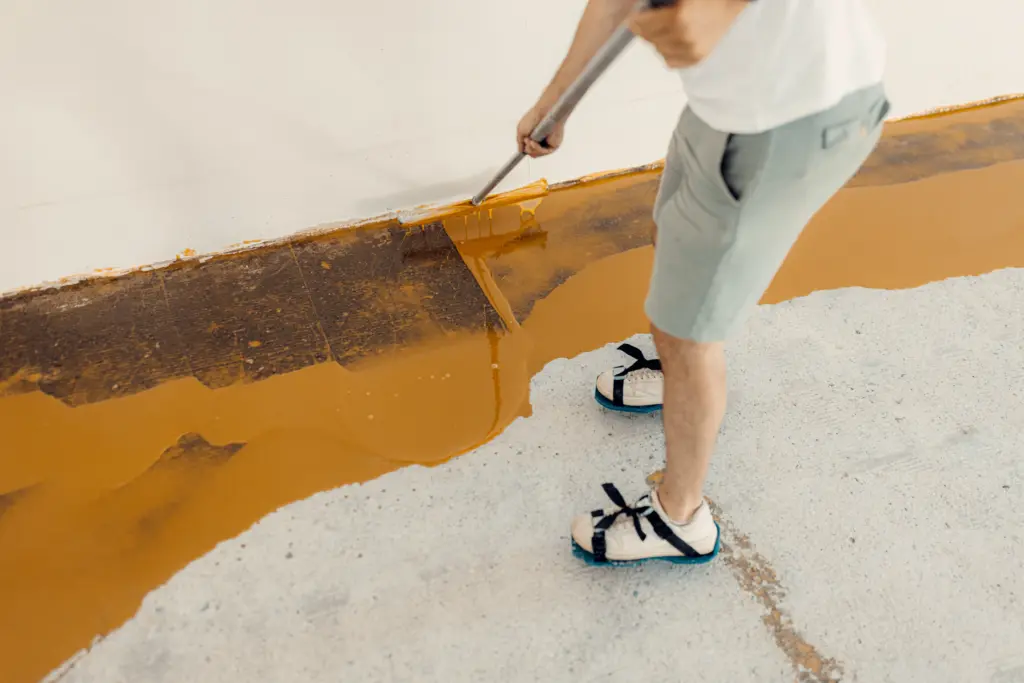
How Inspectors Evaluate Paint Conditions
During a home inspection, professionals often check painted surfaces for deterioration, peeling, bubbling, or moisture damage. These clues can point to underlying issues such as leaks, humidity, or poor ventilation. Even if paint looks fine, inspectors note signs of discoloration or uneven texture that suggest age or moisture exposure. While inspectors do not test for lead unless specifically requested, they help homeowners understand when additional evaluation is warranted.
At Icon Home Inspectors, our goal is to provide an honest picture of a home’s condition, including any potential paint concerns. Whether you plan to remodel, repaint, or sell, understanding your current surfaces helps you plan repairs and protect your investment.
Does Paint Expire Even If It Was Never Opened?
Even sealed cans of paint have a limited shelf life. Most manufacturers print a “best if used by” date on the label. While unopened cans stored in ideal conditions can last several years, environmental factors such as extreme heat or freezing temperatures shorten their life span. When unopened paint is exposed to freezing, the ingredients can separate and become unusable once thawed. Shaking or stirring might not restore it to its original consistency.
If you are unsure how long a can has been sitting, check the color and texture after opening. Paint that smells off or appears clumpy should not be used, even if it was never opened before. It is always better to buy new paint than risk applying spoiled paint that could peel or fail prematurely.
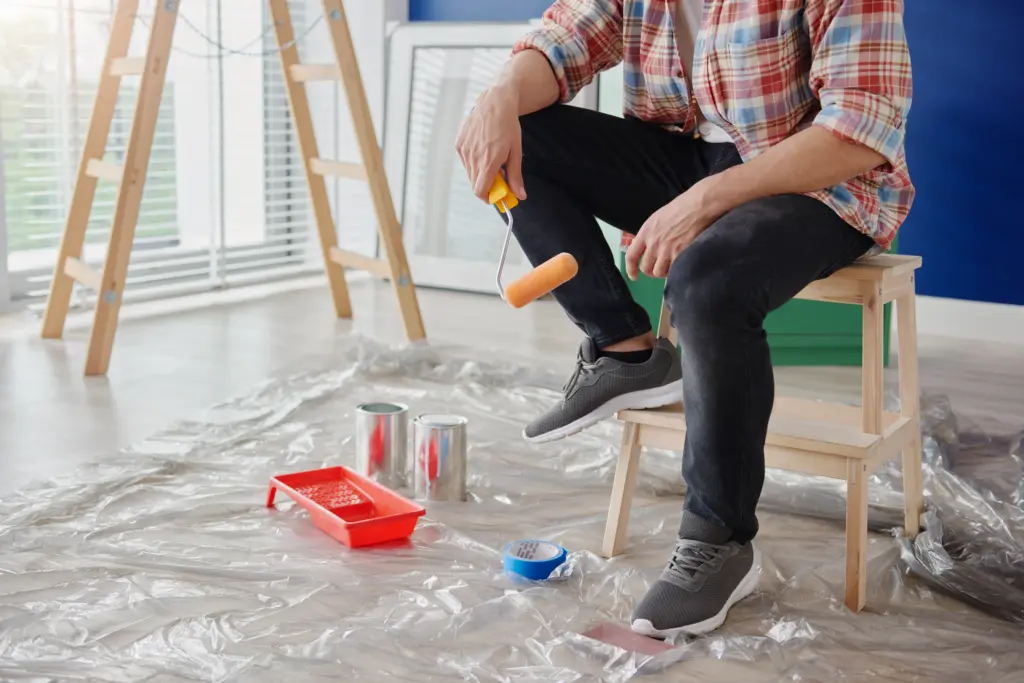
Risks of Using Old or Spoiled Paint
Applying bad paint can cause more harm than good. It may not adhere properly, leading to peeling, streaking, or blistering. Poorly mixed or expired paint also dries unevenly and may not match existing colors. In some cases, mold growth within old paint can release unpleasant odors or allergens into your home. These issues cost more to fix later and can lower the visual appeal of your space.
In older structures, painting over deteriorating surfaces without proper preparation can trap moisture and worsen structural issues. Inspectors can often spot these problems before repainting begins, saving homeowners time and frustration.
How to Keep Paint in Good Condition
To keep paint usable for future touch-ups, always reseal the lid tightly. Use a rubber mallet instead of a hammer to avoid bending the rim, which can allow air inside. Wipe away excess paint from the groove before closing. Store cans upside down to create an airtight seal, and keep them off cold concrete floors by placing them on a wooden board or shelf. Following these steps helps answer the question can paint go bad with confidence — yes, but smart storage keeps it good longer.
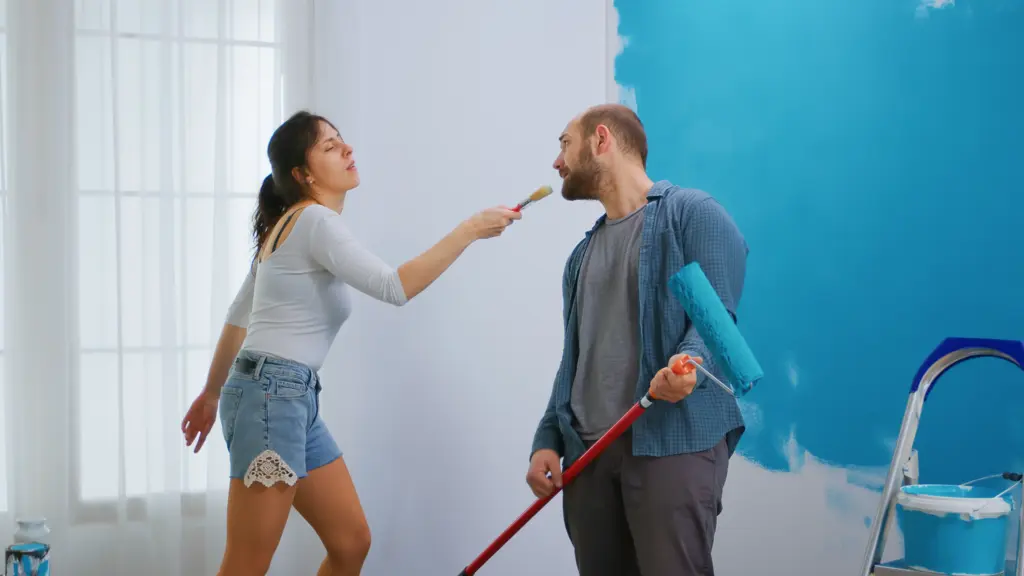
When to Replace Paint Entirely
Even with careful storage, paint should be replaced after several years. Newer formulations often perform better and contain fewer volatile organic compounds, improving indoor air quality. If your stored paint is more than ten years old, or if the label is unreadable, it is safer to start fresh. Properly disposing of outdated paint and switching to newer low-VOC options also benefits health and the environment.
Final Thoughts
The answer to can paint go bad is clear. Yes, it can, and it often does when stored improperly or left unused for too long. Changes in smell, texture, and color are your best indicators that it is time to dispose of it safely. Homeowners should also be cautious about lead-based paint in older Ohio homes and seek professional guidance when renovating.
Icon Home Inspectors helps homeowners identify issues like peeling or deteriorated paint that may signal larger moisture or age-related problems. Our detailed inspection services provide the knowledge you need to maintain a safe and beautiful home for years to come.